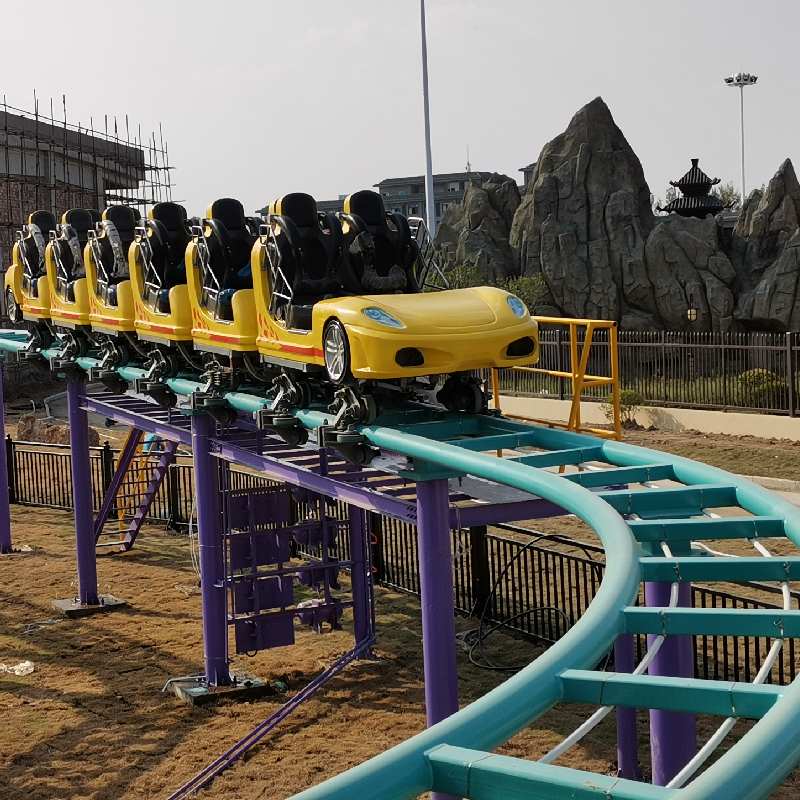- Albanian
- Arabic
- Belarusian
- Bengali
- Czech
- English
- French
- German
- Hebrew
- Hungarian
- Indonesian
- irish
- Italian
- Japanese
- kazakh
- Persian
- Russian
- Thai
- Uzbek
- Vietnamese
roller coaster rail
The Thrilling Journey of Roller Coaster Rails
Roller coasters represent one of the most exhilarating experiences in amusement parks around the world. At the heart of this amusement engineering marvel lies the roller coaster rail — a feat of design and technology that allows riders to soar through the air, twist, and turn at incredible speeds. In this article, we will explore the importance of roller coaster rails, their design evolution, and the future of these adrenaline-inducing rides.
The Role of Roller Coaster Rails
At first glance, roller coaster rails may seem like simple metal tracks, but they are the crucial components that ensure the safety and thrill of the ride. These rails are meticulously engineered to handle the immense forces exerted by the coaster trains and the weight of passengers. Additionally, roller coaster rails are designed to guide the coaster through a series of loops, drops, and turns, all while maintaining a safe and enjoyable experience for riders.
Rails are typically made from high-strength steel or wood, each material offering its unique set of advantages. Steel coasters can achieve more complex inversions and faster speeds due to their durability and stiffness. On the other hand, wooden coasters provide a classic, nostalgic feel, offering a different kind of thrill characterized by a rickety ride experience. The choice of rail material plays a significant role in the coaster's overall design and the types of experiences it offers.
Design Evolution of Roller Coaster Rails
The history of roller coaster rails dates back to the early 19th century when the first wooden coasters emerged. These initial designs used simple wooden frameworks and ledges, which offered limited speed and maneuverability. The introduction of steel rails in the mid-20th century revolutionized the industry. Steel allowed for greater heights and more intricate track designs, leading to the creation of modern coasters that can perform loops, drops, and barrel rolls.
roller coaster rail

One of the most iconic examples of this evolution is the introduction of the modern looping coaster in the 1970s, which featured vertical loops to thrill riders. These coasters required a rethinking of rail and track design, leading engineers to consider variables such as gravitational forces, speed, and rider comfort. Notably, the implementation of computer-aided design (CAD) technologies has enabled engineers to create more elaborate and precise track layouts that maximize both safety and enjoyment.
The Future of Roller Coaster Rails
As technology continues to advance, the future of roller coaster rails looks promising. Innovations in materials science have led to the development of lighter yet stronger materials, allowing coasters to reach unprecedented heights and speeds. Some modern designs incorporate magnetic propulsion systems, replacing traditional chain lifts and enabling coasters to launch riders from zero to sixty in just a few seconds. This technology not only enhances the thrill but also opens up new possibilities for coaster design.
Another area of exciting development is virtual reality (VR) integration. Several parks have begun experimenting with VR headsets that immerse riders in a digitally created world while they experience the physical ride. The physical rail remains crucial, but the visual and auditory sensory experiences of the ride are augmented, creating a uniquely thrilling adventure. This fusion of physical engineering and digital technology may redefine the way riders experience roller coasters in the coming years.
Conclusion
Roller coaster rails serve as the backbone of these thrilling rides, symbolizing the blend of art and engineering. From humble beginnings to sophisticated, high-speed adventures, the evolution of roller coaster rails reflects humanity's desire for excitement and innovation. As we look to the future, the marriage of new materials, advanced design techniques, and cutting-edge technologies will undoubtedly create even more extraordinary roller coaster experiences. Adventure seekers and thrill enthusiasts can look forward to a future filled with gravity-defying roller coasters that challenge the limits of speed, height, and excitement—all anchored by the incredible engineering of the roller coaster rail.
-
Flume Ride-Hebei Zhipao Amusement Equipment Manufacturing Co., Ltd.|Thrilling Water Attraction&Customizable DesignJul.30,2025
-
Flume Ride - Hebei Zhipao Amusement Equipment | Water Coaster, Thrilling DescentJul.30,2025
-
Flume Ride - Hebei Zhipao | Thrilling Water AttractionJul.30,2025
-
Flume Ride: Thrilling Water Attraction by Hebei Zhipao|Log Flume Manufacturers&Flume Ride DesignJul.30,2025
-
Flume Ride-Hebei Zhipao Amusement Equipment Manufacturing Co., Ltd.|Thrilling Water Coaster, Safe DesignJul.30,2025
-
Flume Ride-Hebei Zhipao Amusement Equipment Manufacturing Co., Ltd.|Thrilling Water Attraction, Safe DesignJul.30,2025
